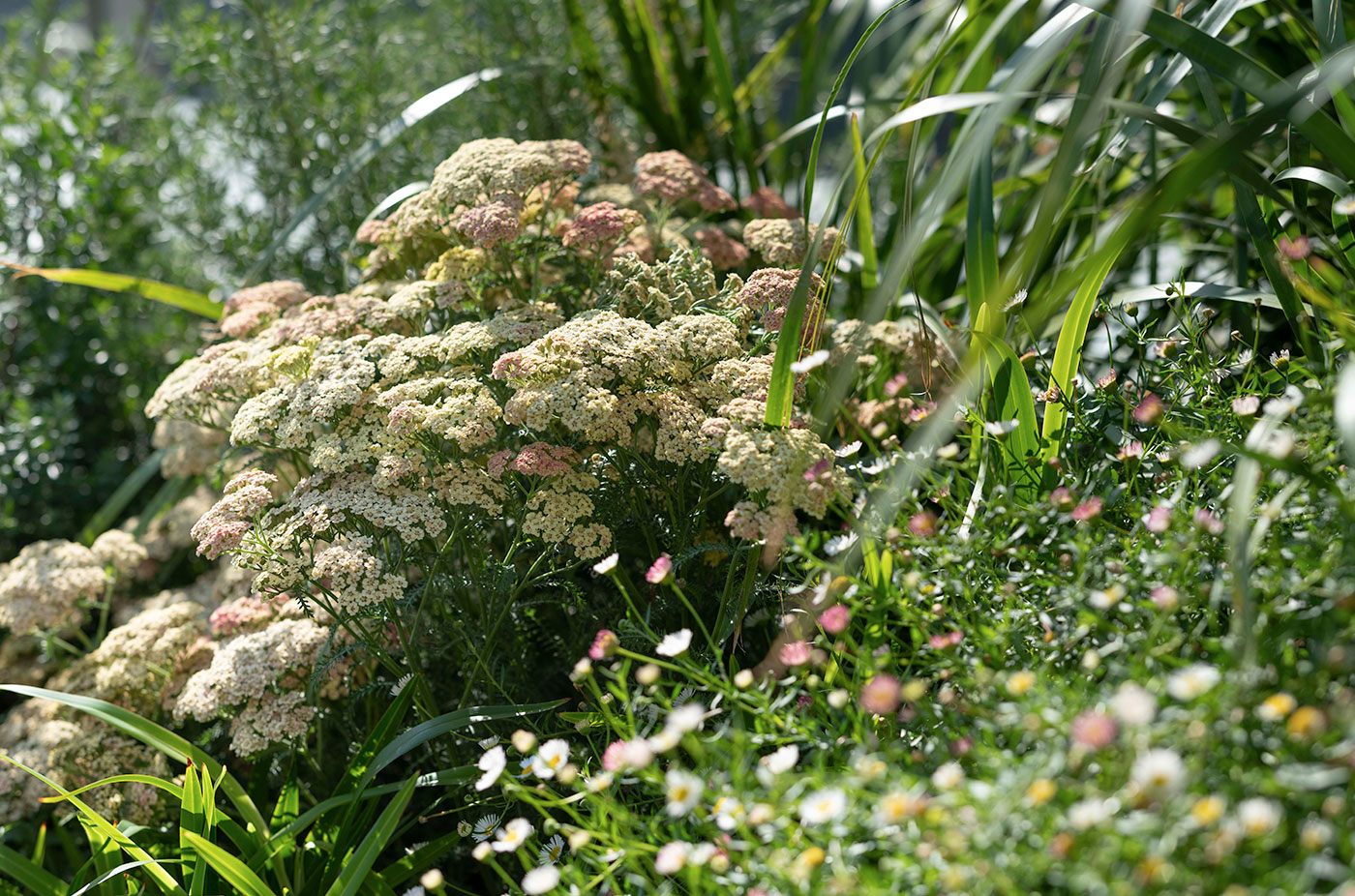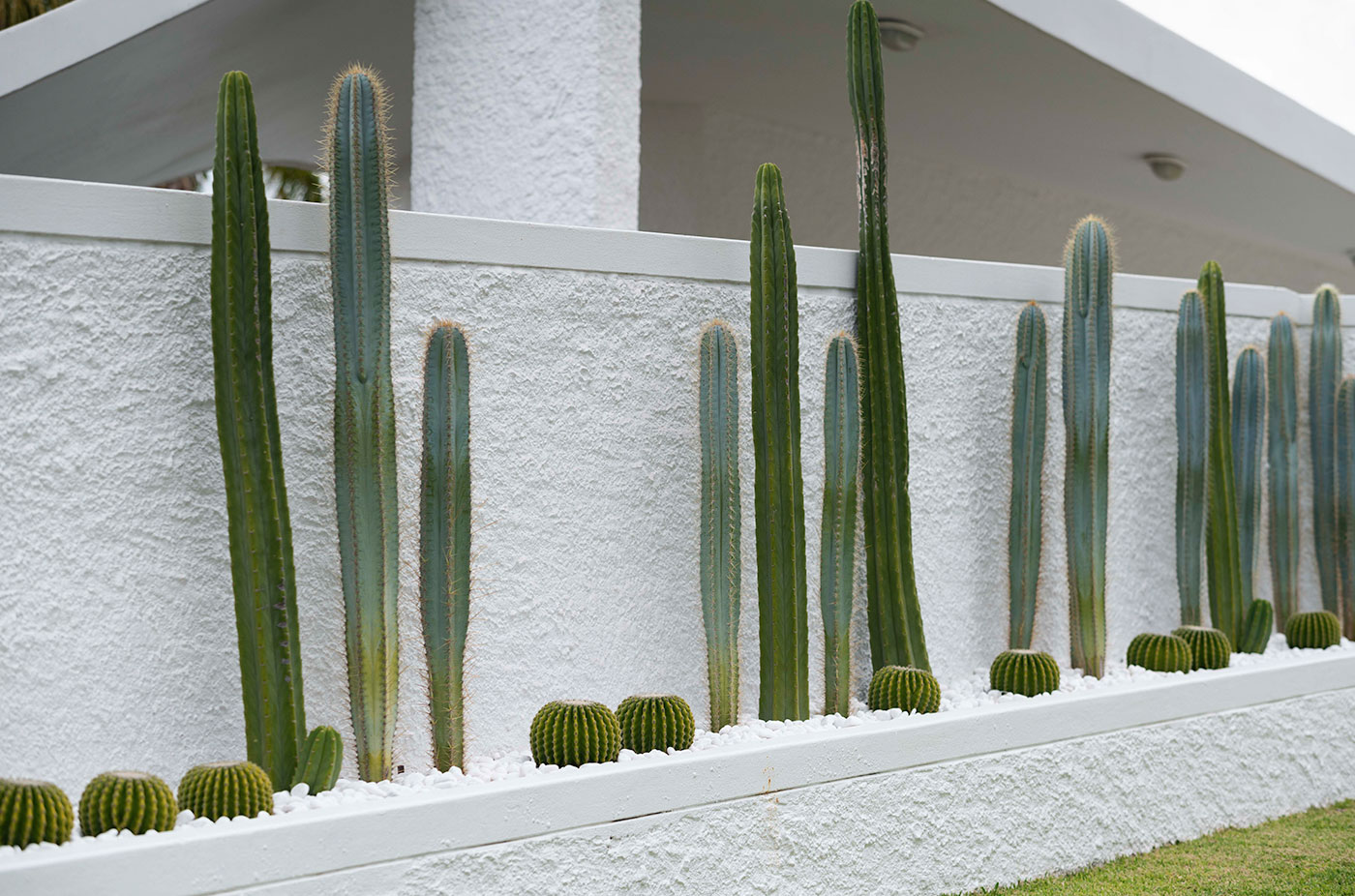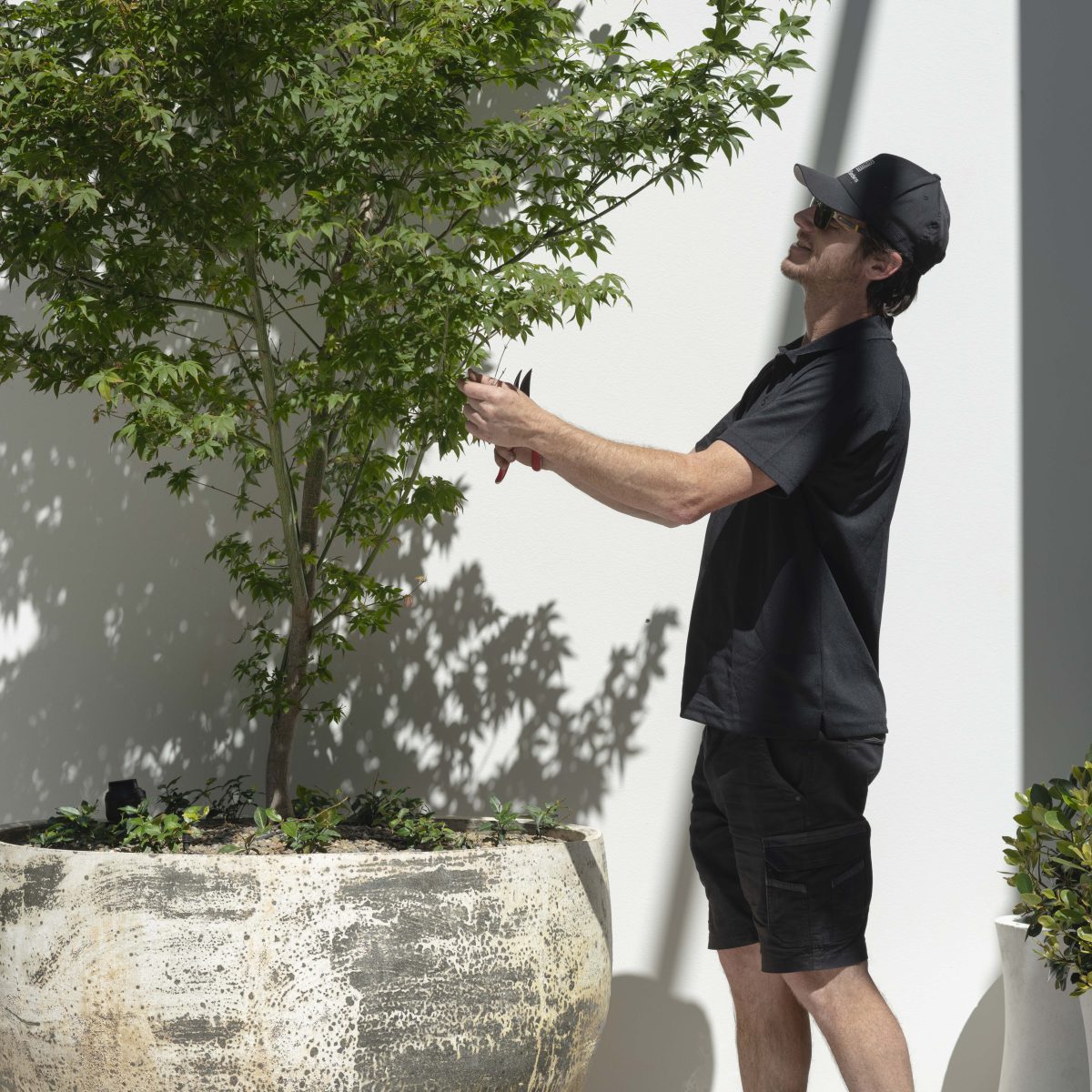Period homes
A period – usually Federation – home often goes hand in hand with a more formal garden structure; think clipped box hedging and defined garden beds. It’s a style of garden inspired by the mother country, with a palette of roses, irises and other English country garden favourites. While some of the plants in this palette are perfectly at home in a modern setting – consider hydrangeas, which seem to sit quite happily in almost any style of garden – we would normally take a period-inspired design and planting palette and put a modern spin on it to give the garden a bit more punch. The benefit of this approach is it also allows for a less jarring transition between the formal front garden and the more relaxed and modern backyard, which is often coming off the home’s contemporary extension.
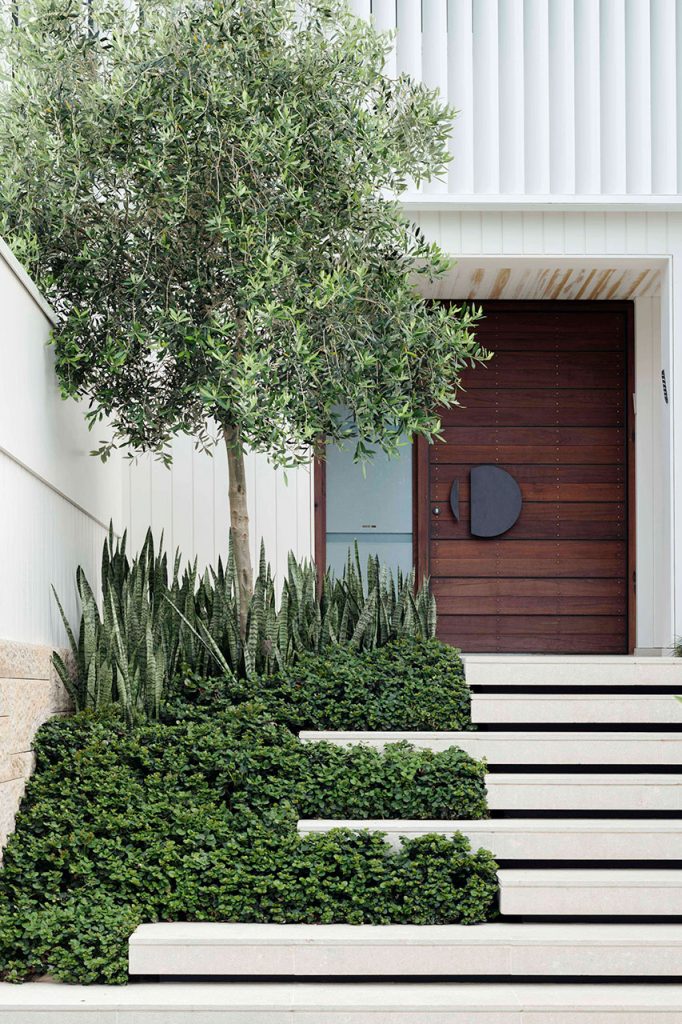
Modern homes
A modern home can sit perfectly happily with a formal garden, but the difference between this and the sort of formal garden seen in a period home is usually a more restricted palette, with a limited variety of leaves and flowers. A contemporary garden is also more likely to substitute the roses and whimsical clouds of delicate flowers for bold, architectural shapes, particularly in succulents. This starker look and xeriscape-style palette of succulents and other dry-loving plants is a fantastic match for angular modern architecture – as well as being a practical response to the recent drought.
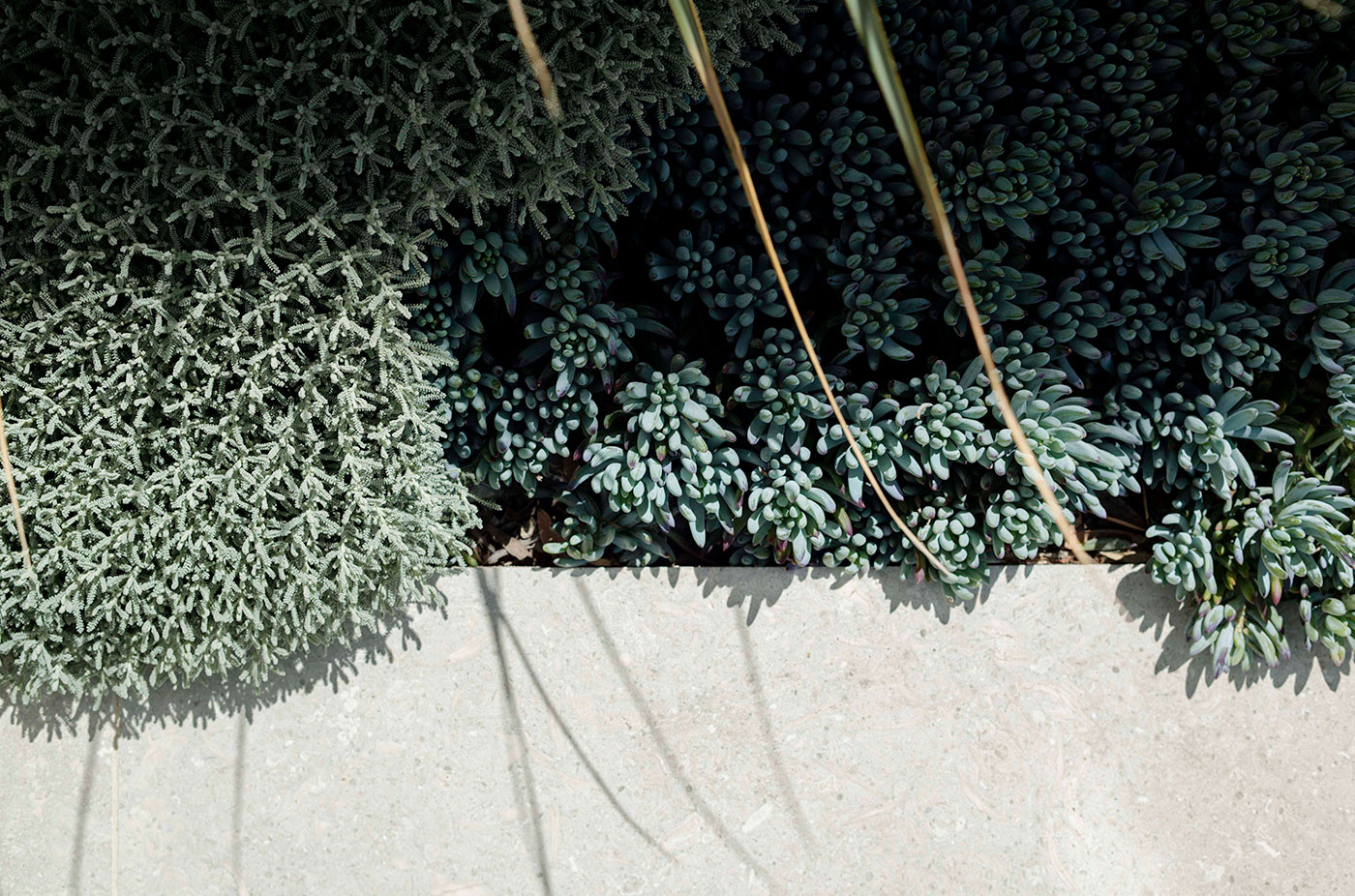
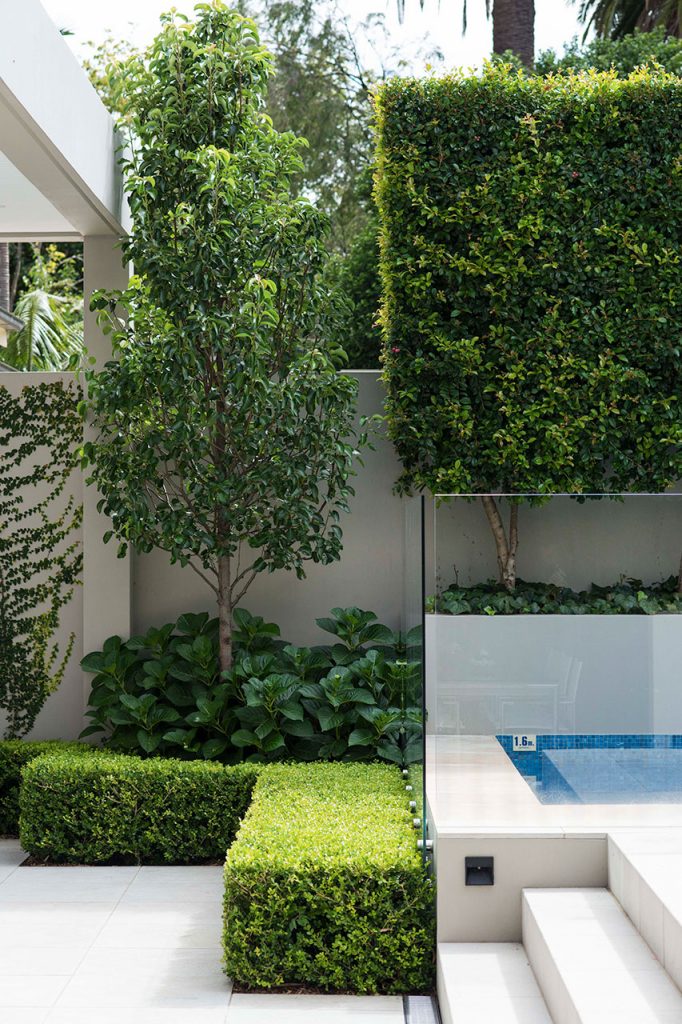
Mid-century homes
While there’s always freedom to do whatever you like in your own garden, a mid-century modern home – more than any other – demands a certain style of landscape. It’s such an iconic architectural style, it deserves a sympathetic garden design, and most people who purchase a home of this era are excited to give the garden an appropriately nostalgic treatment. The key elements of this design will usually include a minimalist plant palette, dominated by striking succulents and cacti; plenty of negative space between the plants, with stone used as mulch; and often large statement plants, like tree aloe, instead of (or as well as) trees.
